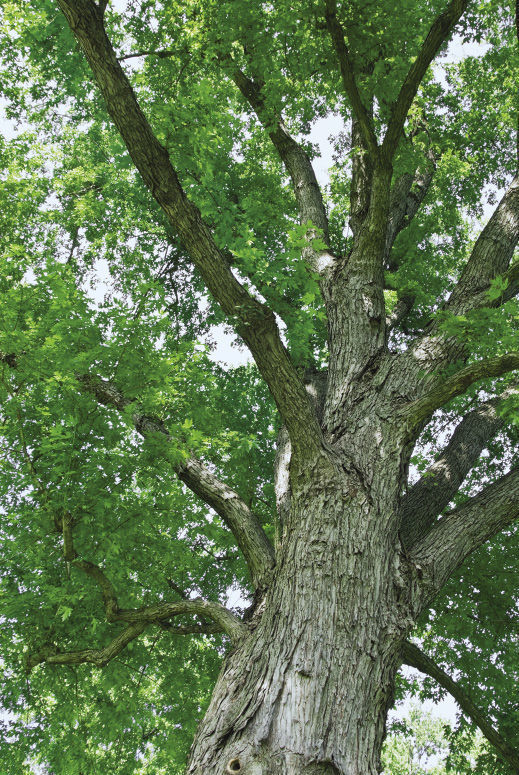 |
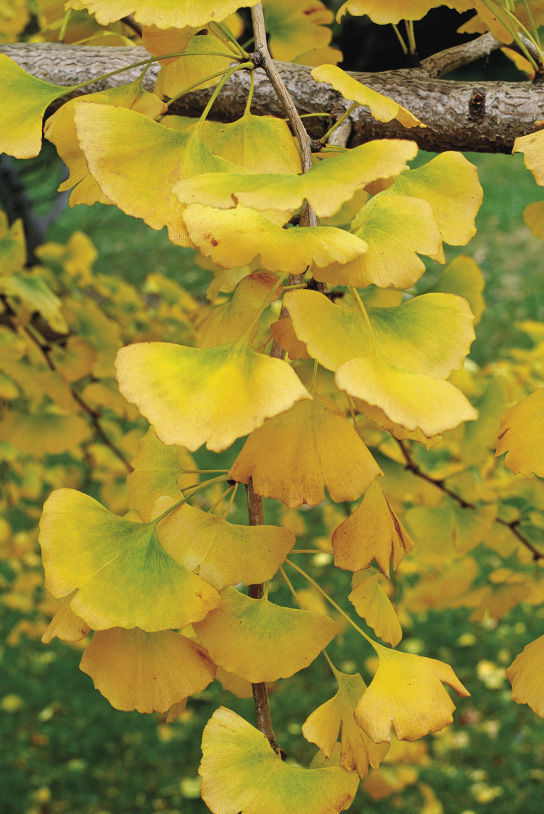 |
1. Overused: Silver maple |
Alternative: Ginkgo |
Name: Acer saccharinum and cvs. |
Name: Ginkgo biloba |
Ginkgo
Name: Ginkgo biloba
Zones: 5 to 9
Size: 80 feet tall and 25 feet wide
Conditions: Full sun; fertile, well-drained soil
In northern states, silver maple billows with golden foliage in autumn—but not here in St. Louis. If you want brilliant fall color, plant a ginkgo instead. Its delicate, fan-shaped yellow leaves won’t disappoint. Ginkgo also lacks the drawbacks of silver maple, which is notoriously prone to storm damage and has a shallow root system that makes gardening and mowing a challenge. If you’re going to plant a ginkgo, however, plant a male cultivar; the female trees produce a terrible-smelling fruit.
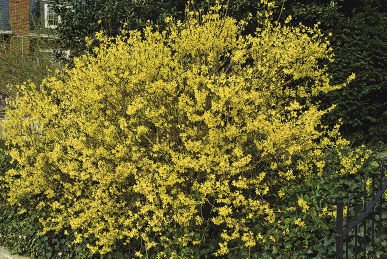 |
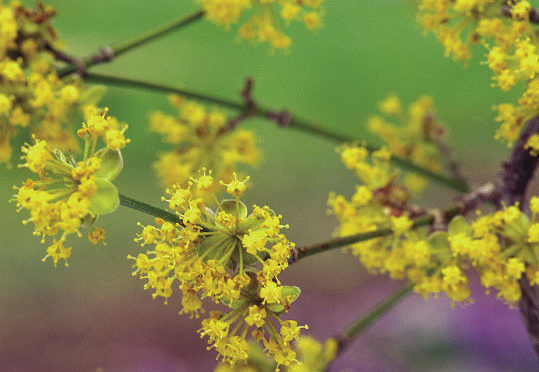 |
2. Overused: Forsythia |
Alternative: Cornelian cherry dogwood |
Name: Forsythia spp. and cvs. |
Name: Cornus mas and cvs. |
Cornelian cherry dogwood
Name: Cornus mas and cvs.
USDA Hardiness Zones: 5 to 8
Size: 15 feet tall and wide
Conditions: Full sun to partial shade; moist, well-drained soil; drought tolerant
A pest-resistant, late-winter bloomer, Cornelian cherry dogwood offers gardeners everything they love about forsythia without that rangy look. This dogwood is, by nature, a rounded, multistemmed shrub. With a little pruning, however, you can easily shape the shrub into an ornamental, one-trunk tree, which better shows off its exfoliating bark. Its attractive, cherrylike fruit is edible but unpleasantly sour—although the birds never seem to mind.
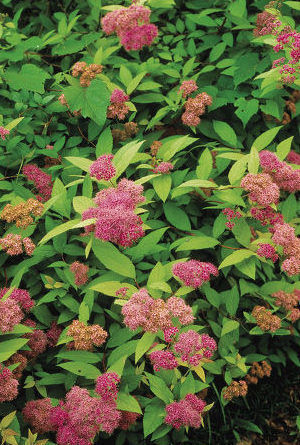 |
 |
3. Overused: Japanese spirea |
Alternative: Fine Wine® weigela |
Name: Spiraea japonica* and cvs. |
Name: Weigela florida ‘Bramwell’ |
Japanese spirea
Name: Spiraea japonica* and cvs.
Zones: 4 to 8
Size: 2 to 4 feet tall and wide
Conditions: Full sun; fertile, well-drained soil
Although both Japanese spirea and Fine Wine® weigela are small pink-flowering shrubs, there is really no contest between the two. Fine Wine® is, hands down, the better choice. It blooms longer; attracts hummingbirds and butterflies; and has a more graceful, open shape. Plus, deer don’t tend to eat it. The striking burgundy foliage, adorned with blooms in spring and summer, looks just as lovely in beds as it does in containers. If you prefer a more rounded shrub, prune the plant immediately after the flowers fade.
June Hutson is supervisor of the Kemper Home Demonstration Gardens at the Missouri Botanical Garden in St. Louis.
Photos, except where noted: Susan A. Roth, courtesy of June Hutson, Jerry Pavia, courtesy of Proven Winners ColorChoice


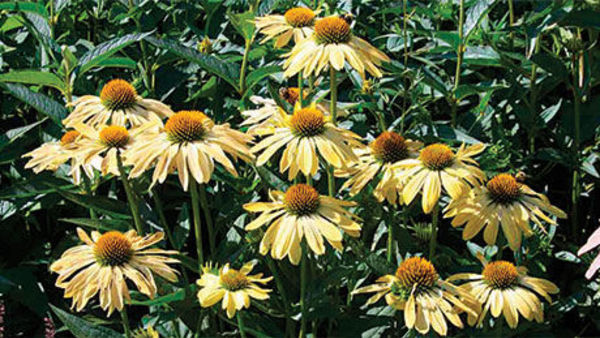














Comments
Log in or create an account to post a comment.
Sign up Log in